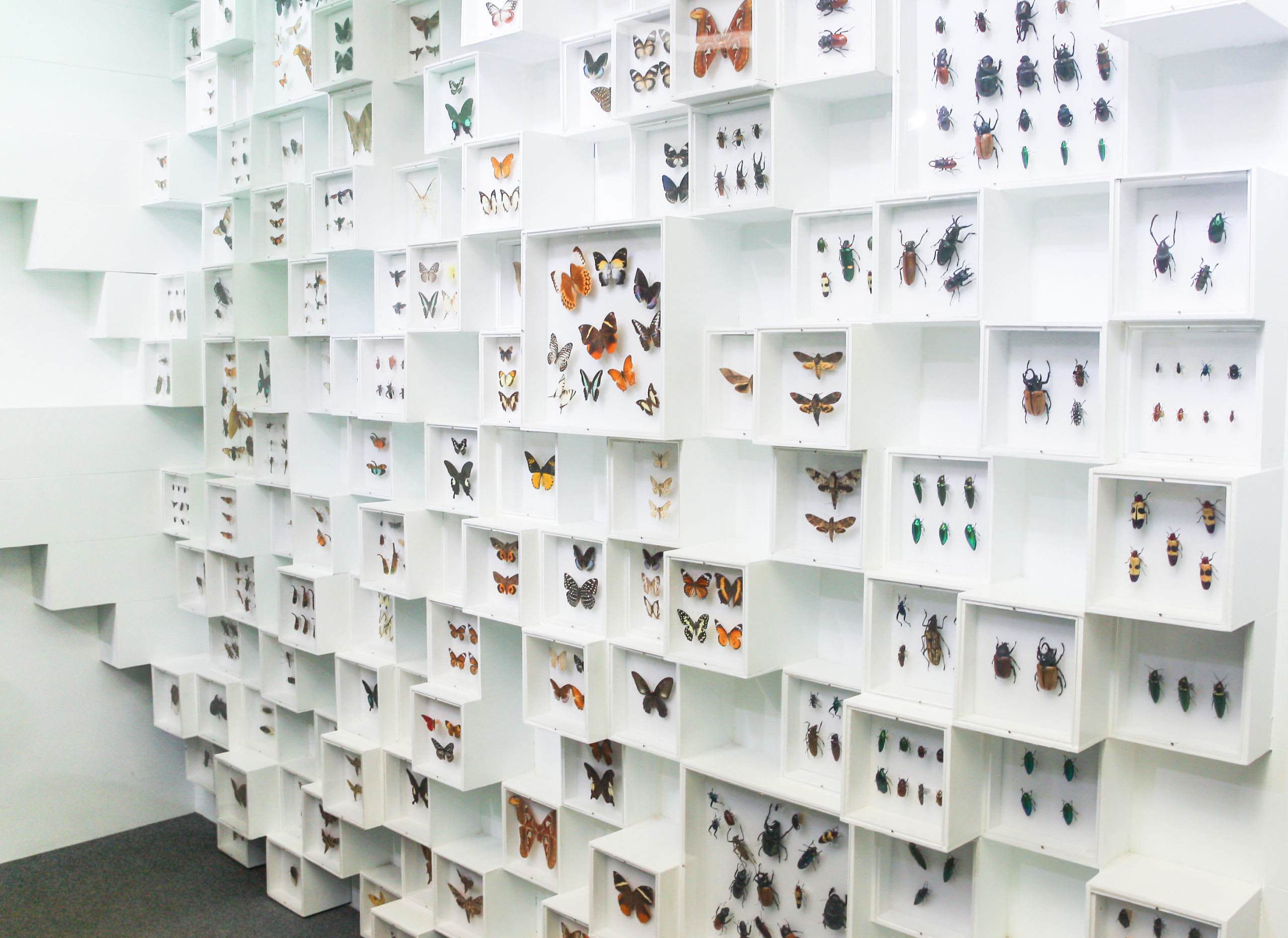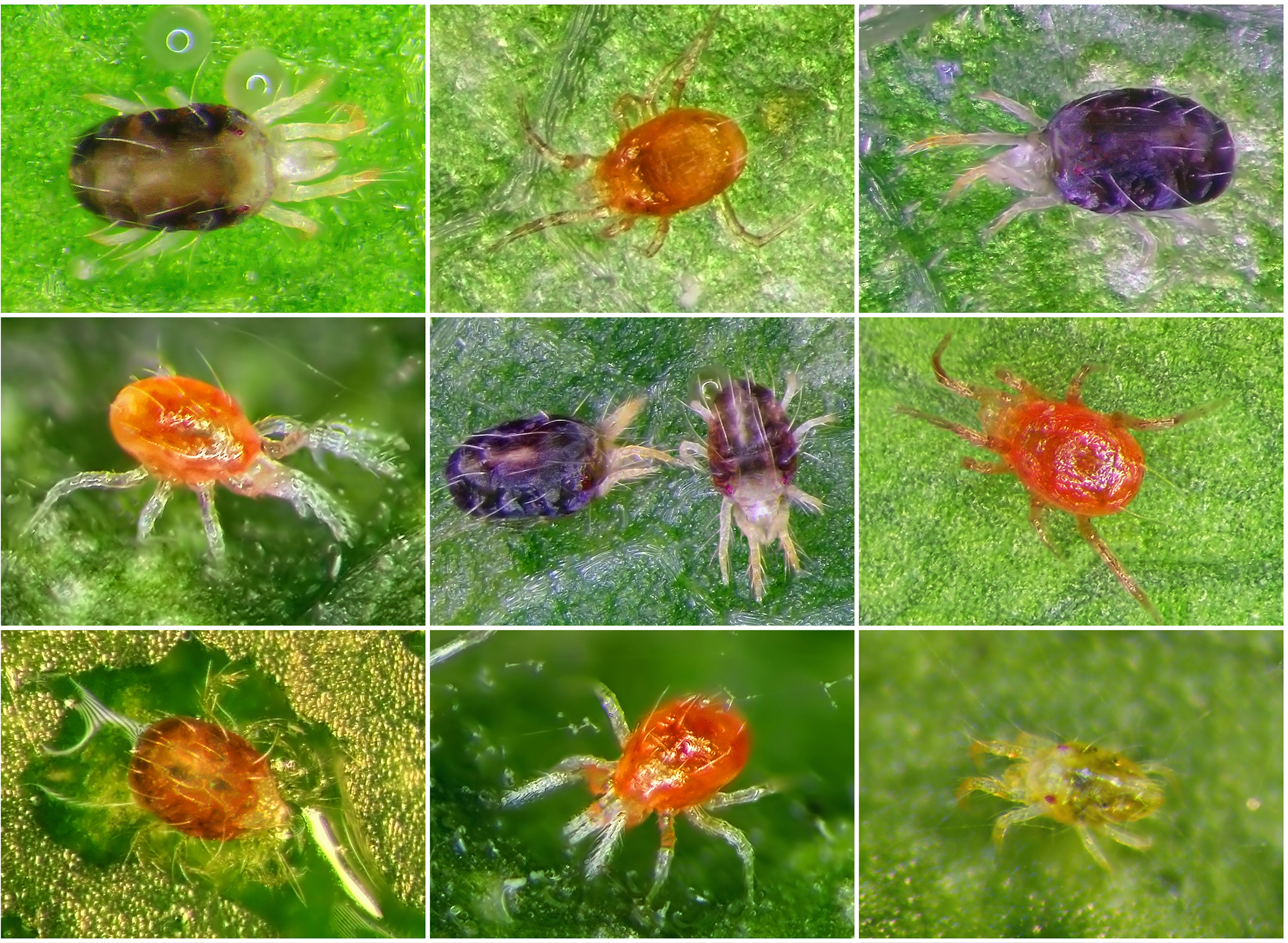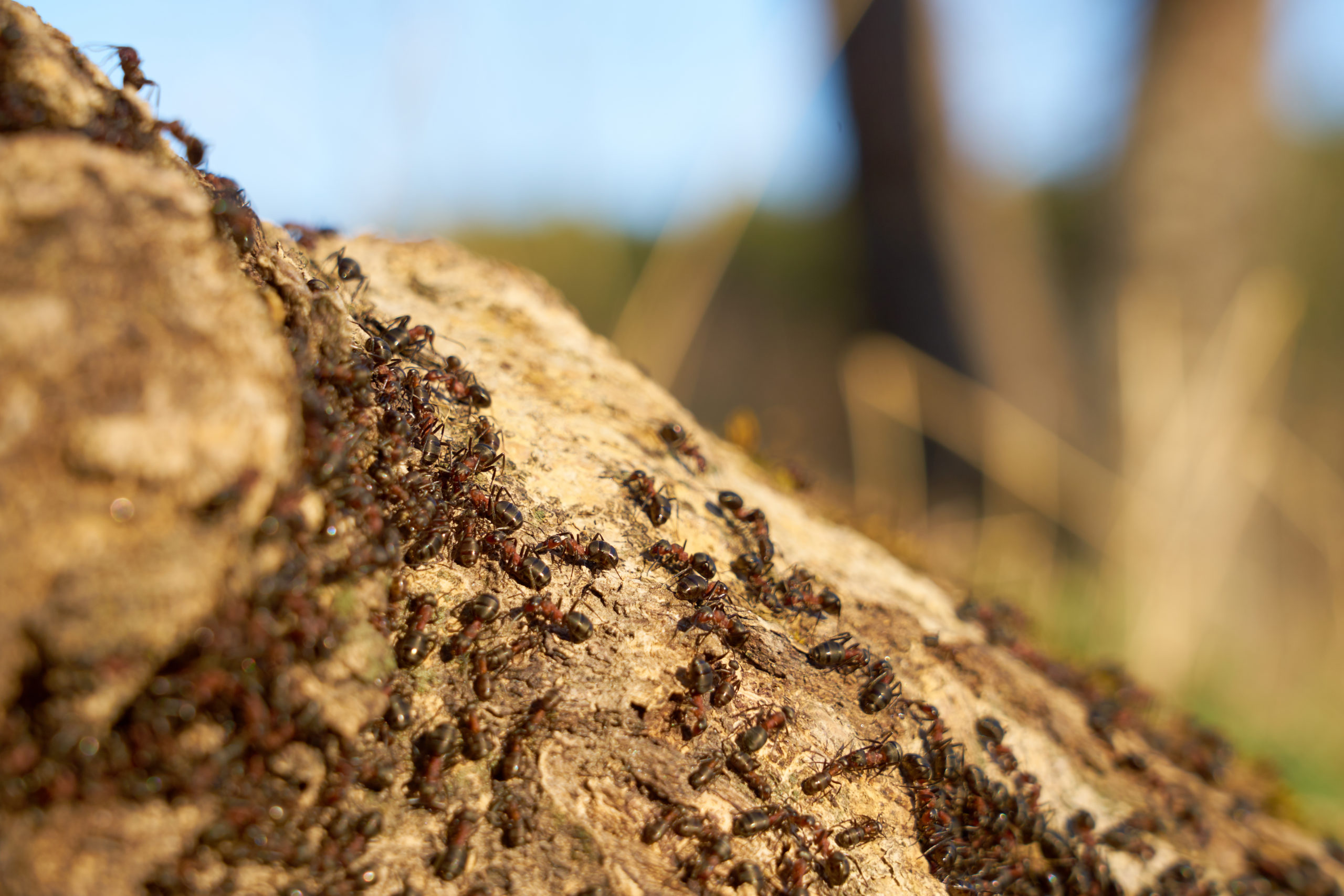How Many Insects are There?
How Many Insects are There?
Different Measurements
There are a variety of ways we can measure this concept of “how many insects.” But before we delve into the different breakdowns in this blog, it’s important to note that all the following numbers are estimates to the best of our knowledge in 2021. We stress the fact that they are ‘estimates’ because even after centuries of investigation/discovery and taxonomy (the scientific identification and classification of organisms through the use of hierarchical categories) humanity has only managed to catalogue less that 15% of species currently alive on Earth (approximately 1.2 million species), leaving 86% of unknown species. Of course, only a fraction of these species is probably part of the Insecta class, but this still leaves a large margin for error in the following numbers.
With that clarification out of the way, we can begin to break down the different measurements of “how many insects.” In this blog we will look at the number of insect species, as well as the overall estimated population of all insects alive today. Furthermore, we will breakdown some of the species by the common pests we deal with, which species has the largest population, and even explore the populations of arachnids.

Number of Species Per Pest
The following insects are some of the most common pests that we deal with in the United States and the number of species for each one.
Ants – 12,000
Bed Bugs – 90
Bees – 20,000 (4,000 of which are native to the U.S.A)
Centipedes – 8,000
Cockroaches – 4,500 (only 30 of which are considered pests)
Cricket – 900
Fleas – 2,500 (luckily, only some species of fleas can negatively affect the health of humans)
Mosquitos – 3,500 (3 of which are responsible for passing a number of destructive diseases throughout the world)
Termites – 2,750
Wasps – 30,000

Arachnid Species
Other common pests such as spiders and mites, are not taxonomically classified as insects, they are part of the class Arachnida. But, while they aren’t technically insects, their classification as pests and similarities to insects lead to them often being lumped together and, as such, we wanted to be sure to highlight them as well. In total, there are roughly 65,000 different species of arachnids, of which includes the following pests:
Mites – between 3 to 5 million
Scorpions – 2,000
Spiders – 45,000
Ticks – 900

The Largest Population in the World
On Earth today, there are approximately 1 quadrillion (1,000,000,000,000,000) ants, made up of their 12,000 different species. With such an insanely large population, these pests actually massively outnumber all other creatures on our plant! In fact, in comparison, there are only a mere 7.85 billion (7,850,000,000) humans alive today.

Total Species and Population
As stated above, ants alone have approximately 12,000 different species. Furthermore, there are roughly 3,500 different species of mosquito, 30,000 species of wasps, and over 4,000 species of cockroaches. Just combining the numbers of these 4 types of insects displays the shockingly vast amount of insect species that exist in the world today. So, based on current and former studies, there are approximately 900,000 different species of insects, but experts suggest that there is between 2 million and 30 million more that are yet to be discovered and assigned a species name.
Adding up all 900,000 species, scientists have estimated that there is total of 10 quintillion (10,000,000,000,000,000) individual insects alive on Earth today.

Citations
Class arachnida (no date) University of Nebraska-Lincoln Department of Entomology. Available at: https://entomology.unl.edu/class-arachnida (Accessed: August 26, 2021).
Common fleas of the United States (2020) Centers for Disease Control and Prevention. Centers for Disease Control and Prevention – National Center for Emerging and Zoonotic Infectious Diseases . Available at: https://www.cdc.gov/fleas/fleas_of_the_us.html (Accessed: August 26, 2021).
C, R. (2018) How Many Ants Live on Earth and # More Interesting Ant Facts, Ants.com. Available at: https://ants.com/how-many-ants-live-on-earth-and-more-interesting-ant-facts/ (Accessed: April 7, 2021).
Current World Population (no date) Worldometer. Available at: https://www.worldometers.info/world-population/ (Accessed: April 22, 2021).
The Difference Between an Insect and an Arachnid (2020) Allan’s Pet Center. Available at: https://allanspetcenter.com/the-difference-between-an-insect-and-an-arachnid/ (Accessed: October 2020).
Griffin, J. (2016) Meet the mite, the tiny bugs in your mattress, your tea and on your face, PBS – Public Broadcasting Service. Available at: https://www.pbs.org/newshour/science/meet-millions-mighty-mites-live-plants-pretty-much-everywhere-else (Accessed: August 26, 2021).
Gryllidae- true Crickets: Wildlife Journal Junior – Wildlife Journal junior (no date) New Hampshire PBS. Available at: https://nhpbs.org/wild/Gryllidae.asp (Accessed: August 26, 2021).
How many species of native bees are in the United States? (no date) USGS Science for a Changing World. The U.S. Department of the Interior – DOI Inspector General. Available at: https://www.usgs.gov/faqs/how-many-species-native-bees-are-united-states?qt-news_science_products=0#qt-news_science_products (Accessed: August 26, 2021).
Mitrokostas, S. (2018) There are actually 3 types of bed bugs – Here’s the difference between them, Insider. Available at: https://www.insider.com/types-bed-bugs-2018-11 (Accessed: August 26, 2021).
Mosquitoes (no date) National Geographic. Available at: https://www.nationalgeographic.com/animals/invertebrates/facts/mosquitoes (Accessed: August 26, 2021).
Numbers of Insects (Species and Individuals) (no date) Smithsonian Institution. Available at: https://www.si.edu/spotlight/buginfo/bugnos (Accessed: May 25, 2021).
Nuwer, R. (2013) How many species of cockroaches plague humanity?, Smithsonian Magazine . The Smithsonian Institution. Available at: https://www.smithsonianmag.com/smart-news/how-many-species-of-cockroaches-plague-humanity-180948133/ (Accessed: August 26, 2021).
Scorpion facts & information for kids and researchers (2020) Scorpion Sweepers . Available at: https://www.scorpsweep.com/facts/ (Accessed: August 26, 2021).
Spiders, facts and information (no date) National Geographic. Available at: https://www.nationalgeographic.com/animals/invertebrates/facts/spiders (Accessed: August 26, 2021).
Taxonomy (2020) Basic Biology. Available at: https://basicbiology.net/biology-101/taxonomy (Accessed: October 2020).
Termites (no date) North Carolina State University Department of General Entomology. Available at: https://genent.cals.ncsu.edu/bug-bytes/social-insects/termites/ (Accessed: August 26, 2021).
Ticks (2008) Purdue University Entomology Department – Medical Entomology Extension. Available at: https://extension.entm.purdue.edu/publichealth/insects/tick.html (Accessed: August 26, 2021).
Watson, T. (2021) 86 percent of Earth’s species STILL UNKNOWN?, National Geographic. Available at: https://www.nationalgeographic.com/science/article/110824-earths-species-8-7-million-biology-planet-animals-science (Accessed: August 26, 2021).
8 Creative Ways to Have a Pest-Free Fourth of July
8 Creative Ways to Have a Pest-Free Fourth of July 8 Creative Ways to Have a Pest-Free Fourth of July Summary: The Fourth [...]
A Simple Guide to Preventing Stinging Pests
A Simple Guide to Preventing Stinging Pests A Simple Guide to Preventing Stinging Pests Summary: Stinging insects are more active in warm weather, [...]
These 10 Natural Mosquito Repellents Can Actually Help
These 10 Natural Mosquito Repellents Can Actually Help These 10 Natural Mosquito Repellents Can Actually Help Summary: Natural mosquito repellents are easier to [...]
How to Get Rid of Carpet Beetles
How to Get Rid of Carpet Beetles How to Get Rid of Carpet Beetles Summary: Carpet beetles are sneaky pests that don’t usually [...]
How Do Roaches Affect Asthma and Allergies?
How Do Roaches Affect Asthma and Allergies? How Do Roaches Affect Asthma and Allergies? Summary: It’s no secret that pests impact human health, [...]
These 5 Carnivorous Pests Might Surprise You!
These 5 Carnivorous Pests Might Surprise You! These 5 Carnivorous Pests Might Surprise You! Summary: There are many eco-friendly ways to prevent pests, [...]

